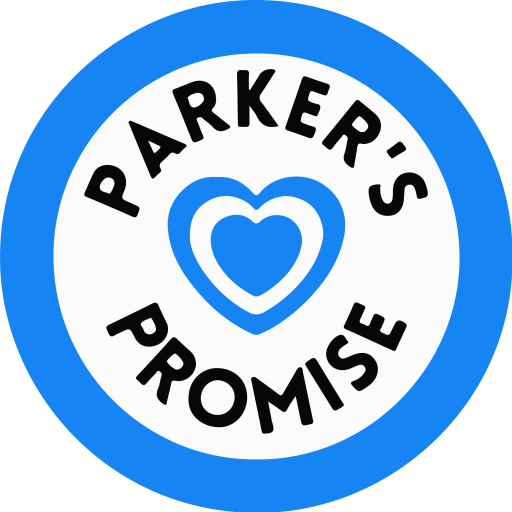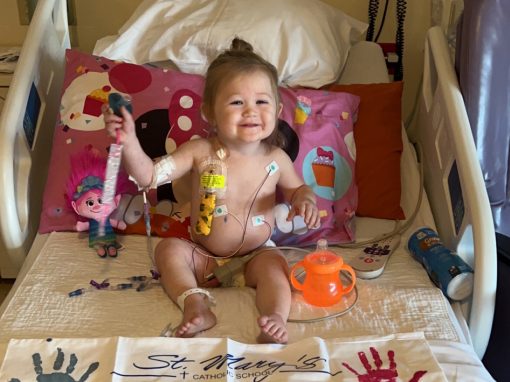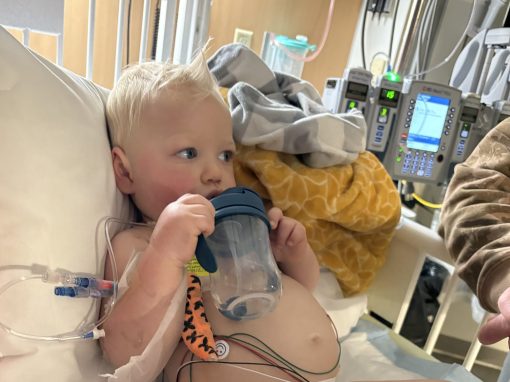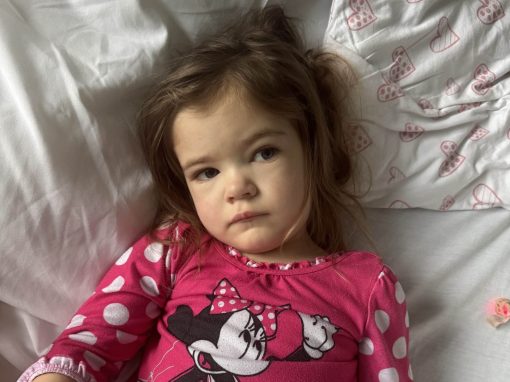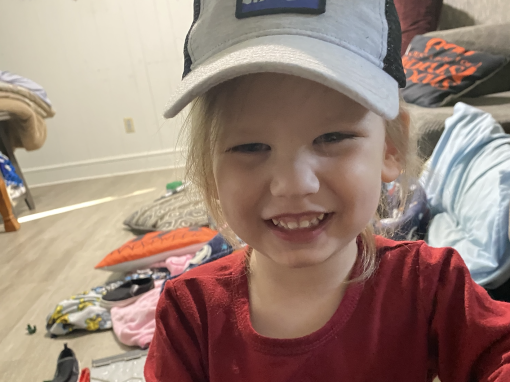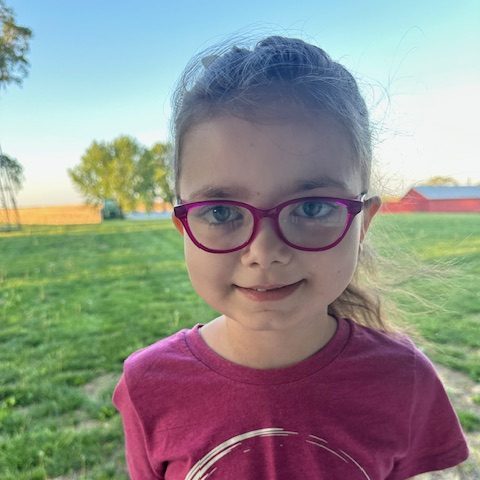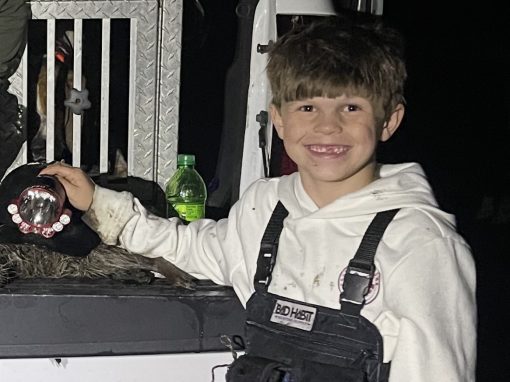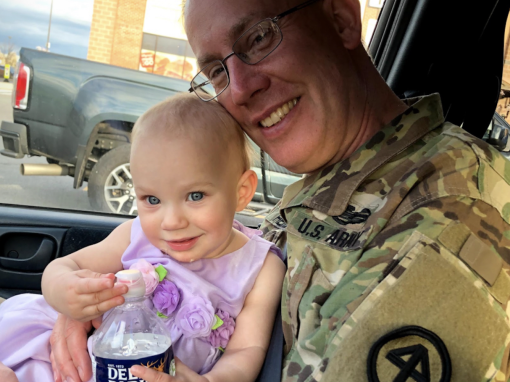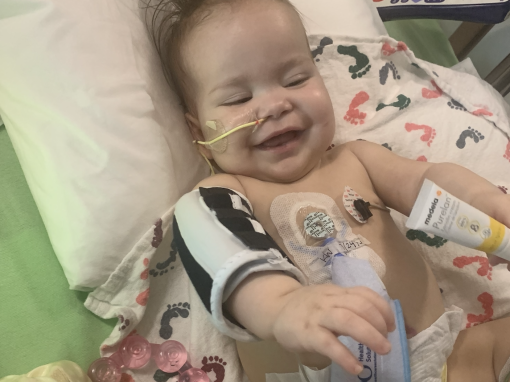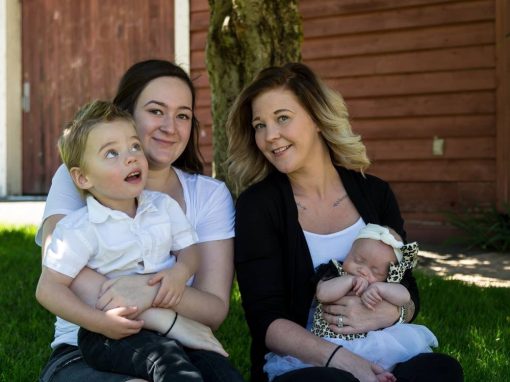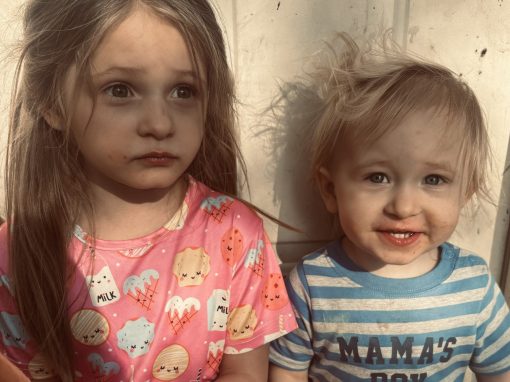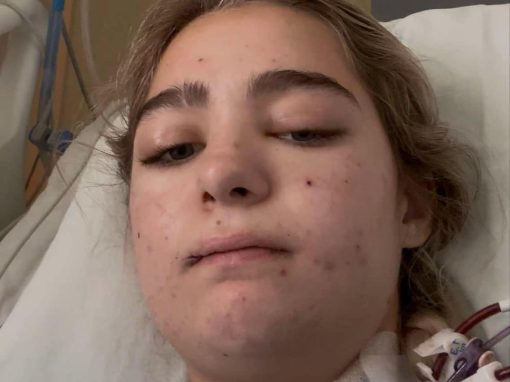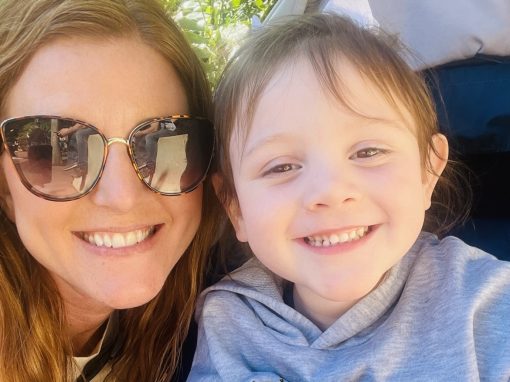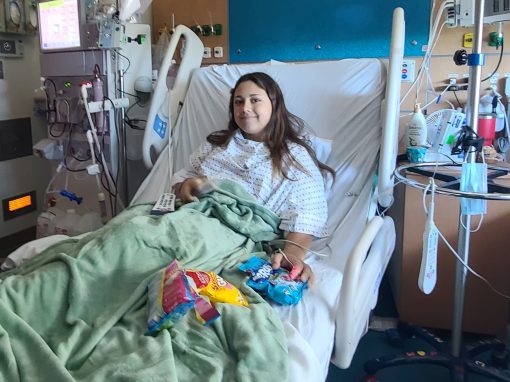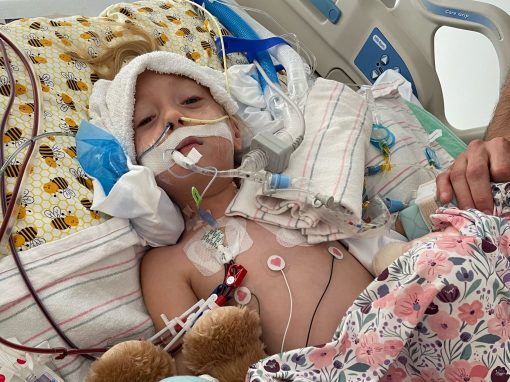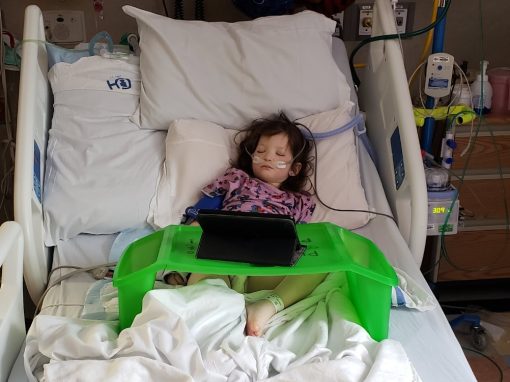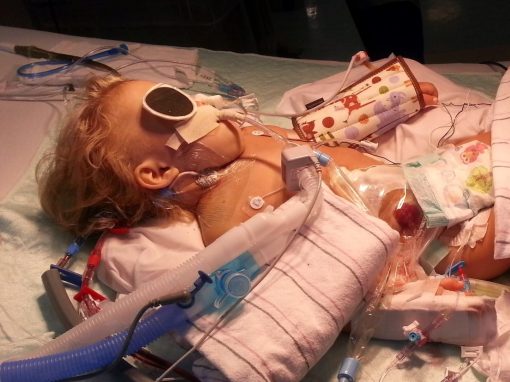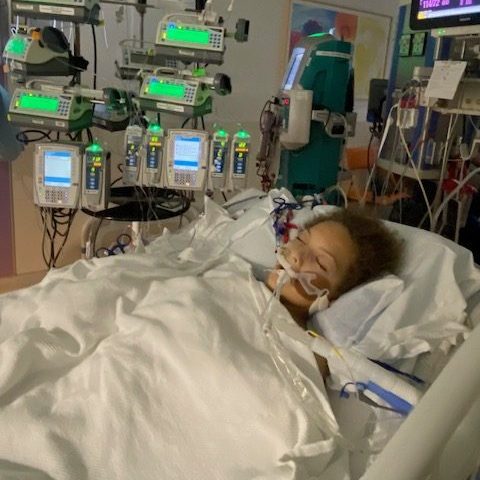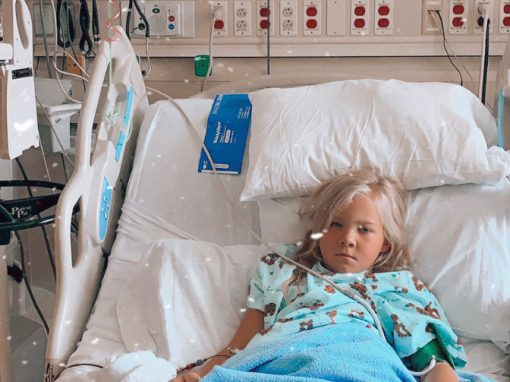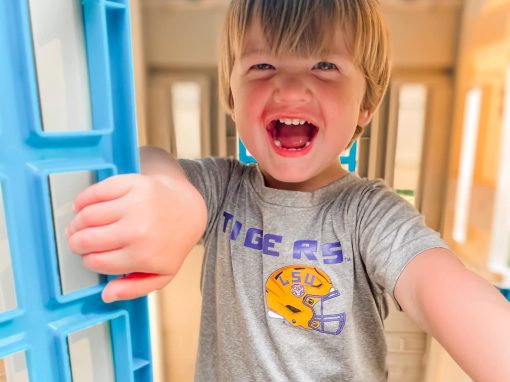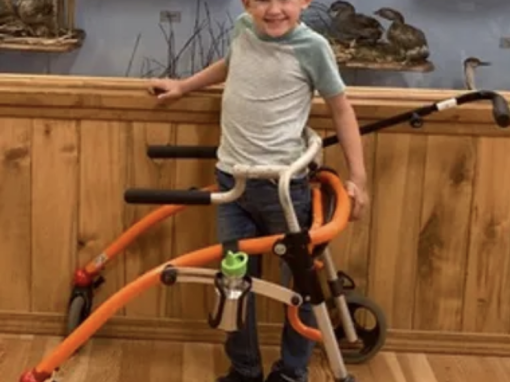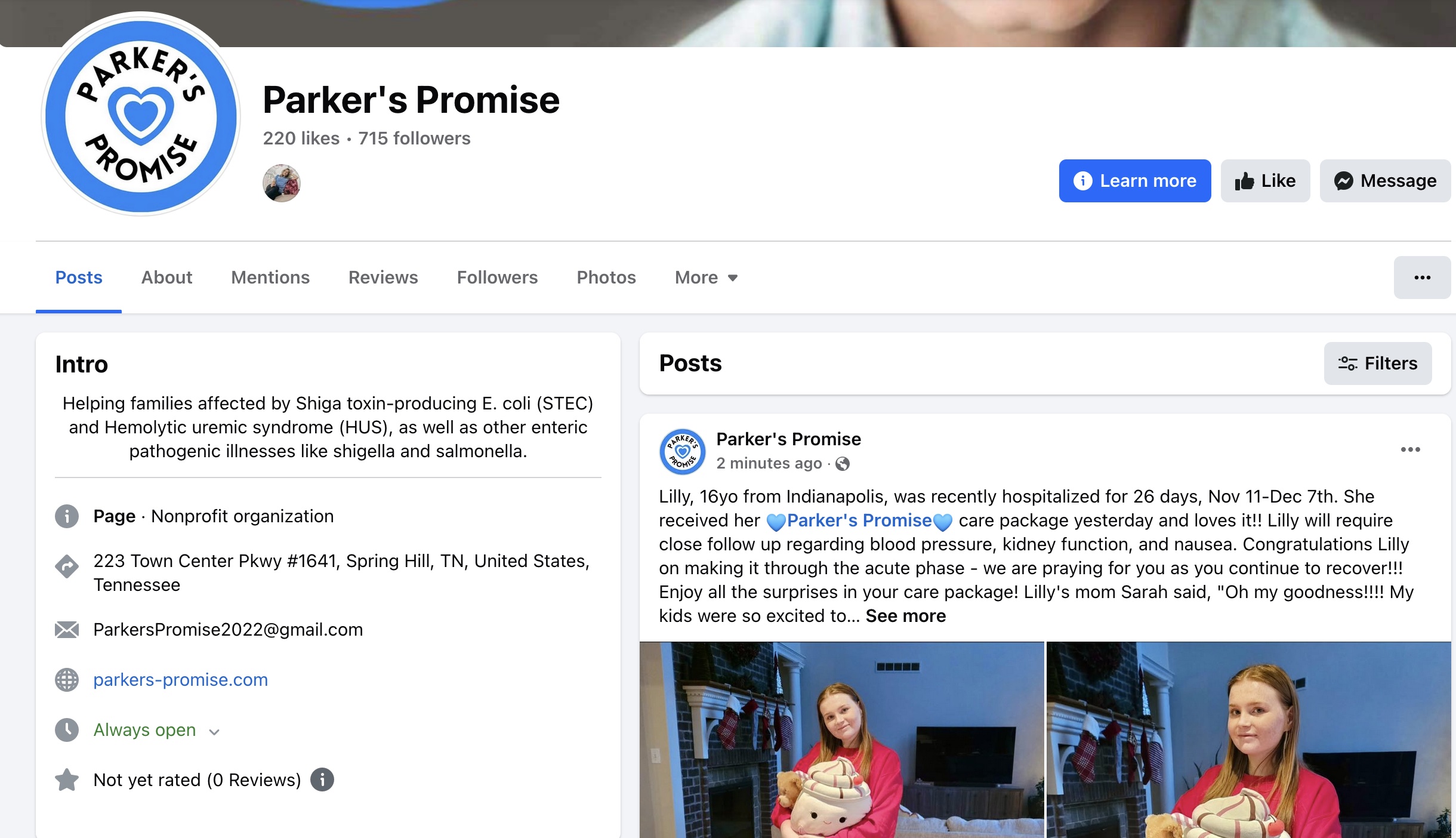Hey, glad to see you here!
We work alongside medical and academic partners, as well as health departments, local organizations, and government bodies, to support individuals impacted by environmental illnesses. Our mission includes public education and prevention efforts aimed at reducing environmental health risks. We actively promote policy reforms and strive to foster a cultural shift towards greater environmental safety. Additionally, we provide resources, compassion, and hospital care packages to those currently fighting or who have fought environmental pathogenic infections, offering support from a perspective shaped by firsthand experience.

Hear Their Stories
Every child’s journey is different. No two infections, experiences, or treatment plans are the same. These brave kids are sharing their stories so you can understand how STEC changes lives. By learning more, we can prevent the spread and support our children.
Education
To bring awareness, we inform and educate the public about this harmful bacteria. Education is crucial in fighting pathogenic illness so we can improve outcomes and prevent future illness. Learn preventative measures to keep you and your family safe and learn when to seek help.
Support
Take action to support those who are suffering. Thanks to your generous donations, we’re able to provide valuable resources to children and families who are hospitalized and recovering. The care packages of stuffed animals, blankets, toys, crafts and books bring smiles to these kids’ faces and provide a source of comfort during a difficult time.
Who Are We?
Parker’s Promise thrives on a diverse team of volunteers who bring invaluable expertise and resources to our cause. Their dedication enables us to pursue ambitious goals and make a meaningful impact.
We link arms with the children and families impacted by environmental pathogens and walk alongside them to overcome challenges and create a hopeful tomorrow through support, education, prevention, and advocacy.
How can you help?
Support Parker’s Promise by becoming an advocate, ambassador, or a sponsor. We need your help to spread awareness to prevent future illness. Explore ways to contribute your gifts and assist others.
or
Quick Education
Escherichia coli (E. coli) bacteria normally live in the intestines of people and animals. Most E. coli are harmless and actually are an important part of a healthy human intestinal tract. However, some E. coli are pathogenic, meaning they can cause illness, including diarrhea or illness outside of the intestinal tract. The types of E. coli that can cause diarrhea can be transmitted through contaminated water or food, or through contact with animals or persons.
All definitions, explanations, information, credits, and verbiage belong to
CLICK HERE
CDC: Centers for Disease Control and Prevention
https://www.cdc.gov/ecoli/about/?CDC_AAref_Val=https://www.cdc.gov/ecoli/general/index.html
Shiga toxin-producing Escherichia coli (STEC) are strains of E. coli bacteria that produce Shiga toxin, which can cause severe gastrointestinal illness in humans. These bacteria are commonly associated with foodborne outbreaks, particularly from contaminated ground beef, raw vegetables, and unpasteurized milk.
All definitions, explanations, information, credits, and verbiage belong to
CLICK HERE
CDC: Centers for Disease Control and Prevention
https://www.cdc.gov/ecoli/about/?CDC_AAref_Val=https://www.cdc.gov/ecoli/general/index.html
Shigella infection (shigellosis) is an intestinal infection caused by a family of bacteria known as shigella. The main sign of shigella infection is diarrhea, which often is bloody. Shigella is very contagious. People get infected with shigella when they come in contact with and swallow small amounts of bacteria from the stool of a person who is infected with shigella. For example, this can happen in a child care setting when staff members don’t wash their hands well enough after changing diapers or helping toddlers with toilet training. Shigella bacteria can also be passed in infected food or by drinking or swimming in unsafe water.
Children under age 5 are most likely to get shigella infection, but it can occur at any age. A mild case usually clears up on its own within a week. When treatment is needed, doctors generally prescribe antibiotics.
All definitions, explanations, information, credits, and verbiage belong to
CLICK HERE
Mayo Clinic
https://www.mayoclinic.org/diseases-conditions/shigella/symptoms-causes/syc-20377529
Salmonella that most commonly cause diarrheal illness. Other types of Salmonella – Salmonella Typhi and Salmonella Paratyphi
CDC estimates Salmonella bacteria cause about 1.35 million infections, 26,500 hospitalizations, and 420 deaths in the United States every year. Food is the source for most of these illnesses.
- Most people who get ill from Salmonella have diarrhea, fever, and stomach cramps.
- Symptoms usually begin 6 hours to 6 days after infection and last 4 to 7 days.
- Most people recover without specific treatment and should not take antibiotics. Antibiotics are typically used only to treat people who have severe illness or who are at risk for it.
- Some people’s illness may be so severe that they need to be hospitalized.
All definitions, explanations, information, credits, and verbiage belong to
CLICK HERE
CDC: Centers for Disease Control and Prevention
https://www.cdc.gov/salmonella/index.html
Campylobacter causes an estimated 1.5 million illnesses each year in the United States. People can get Campylobacter infection by eating raw or undercooked poultry or eating something that touched it. They can also get it from eating other foods, including seafood, meat, and produce, by contact with animals, and by drinking untreated water.
Although people with Campylobacter infection usually recover on their own, some need antibiotic treatment.
All definitions, explanations, information, credits, and verbiage belong to
CLICK HERE
CDC: Centers for Disease Control and Prevention
https://www.cdc.gov/campylobacter/index.html
Hemolytic uremic syndrome (HUS) is a condition that can occur when small blood vessels become damaged and inflamed. This damage can cause clots to form in the vessels all through the body. The clots can damage the kidneys and other organs. Hemolytic uremic syndrome can lead to kidney failure, which can be life-threatening.
Anyone can get hemolytic uremic syndrome. But it’s most common in young children. Most often, infection with certain strains of Escherichia coli (E. coli) bacteria is the cause.Other infections, certain medicines or conditions such as pregnancy, cancer or autoimmune diseases can cause hemolytic uremic syndrome. It also can be the result of certain gene changes.
Hemolytic uremic syndrome is serious. But treating it in time leads to a full recovery for most people, especially young children.
All definitions, explanations, information, credits, and verbiage belong to
CLICK HERE
Mayo Clinic
https://www.mayoclinic.org/diseases-conditions/hemolytic-uremic-syndrome/symptoms-causes/syc-20352399
Support Parkers's Promise
Help Spread the word and contribute to our mission to educate and care for those and their families affected by pathogenic illness. Every purchase goes to funding care packages for those in need
Hear Their Stories




Testimonies
Who we have impacted
Get In Touch!
Your Story Deserves To Be Told

Address
P.O. Box 1641
Spring Hill, TN, 37174

Let's Talk
Call: (310) 463-3008
Email: parkerspromise2022@gmail.com

Working Hours
Mon – Fri: 9:00 AM – 6:00 PM
Sat: 10:00 AM – 5:00 PM
Send Us A Message
Children Served
Families Involved
Care Packages Sent
Balloons Sent
Frequently Asked Questions:
What do I do if my child may be sick with a harmful bacterial illness?
Symptoms of harmful bacterial illness can be any of the following: diarrhea, bloody diarrhea, nausea, vomiting, fever, headache, malaise, and fatigue. Exposure to farm animals (goats, cows, chickens, etc), public body of water like a lake, creek, pond, or pool, or eating grilled meat or lettuce, all increase your chance of having enteric pathogenic illness. Please seek medical attention – pediatrician, urgent care, or emergency department.
What is in the care packages and why?
We take action to support those who are suffering. Thanks to your generous donations, we’re able to provide valuable resources to children and families who are hospitalized and recovering. The care packages, which include stuffed animals, blankets, toys, crafts, and books, bring smiles to these kids’ faces and provide a source of comfort during a difficult time. Our care packages are age-appropriate, and each item is carefully selected for the child. Depending on resources, we are sometimes able to provide sibling care packages. On our team, we also have physical therapist Kenneth Swantek, DPT, and occupational therapist Lisa Gelfand, OTR/L, who have assisted us in putting together appropriate rehab care packages for our children requiring further rehab services after extensive hospitalization and or complications like stroke and seizure.
What can I do to help?
We all know it takes a collection of voices to really be heard and make a positive impact. We need your help! You can sign up to become an advocate, ambassador, or sponsor. You can host a toy donation box. You can donate. You can contact Congress members. You can pass out flyers to your local churches, schools, farms, and agritourism businesses. Have an idea on how to help? Reach out to us!
Support Our Sponsors
Support those who support us. We appreciate the love and help from those around us,
especially the following sponsors. Thank you! Click Here to Become a Sponsor
